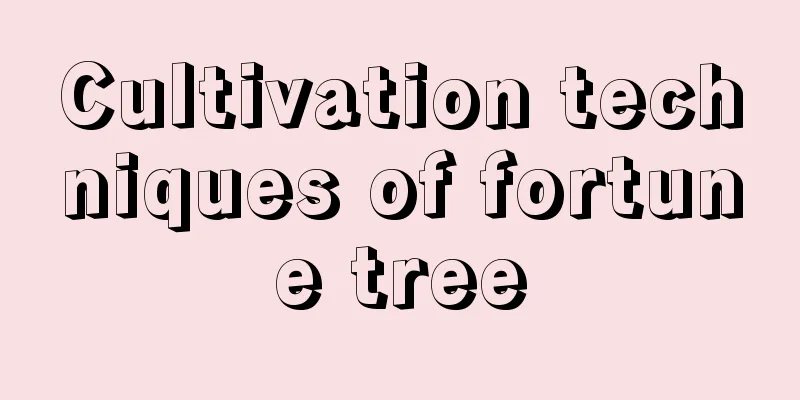Diseases and prevention methods of cockscomb

Diseases of Cockscomb: Leaf spotsymptomIt often occurs on the lower leaves of cockscomb. The pathogen is a fungus of the genus Fusarium of the subphylum Ascomycetes. The hyphae and spores overwinter in plant debris and soil and are spread by wind, rain, irrigation, and water splashing. In the early stage, the lesions are brown. After expansion, the lesions become round or oval, with dark brown to purple-brown edges and gray-brown to gray-white centers. In the later stage, the leaves gradually shrink, dry up and fall off. Under humid weather conditions, pink mold appears on the lesions, which are the conidia of the pathogen. Prevention and treatment methodsRemove diseased leaves promptly if found. Spray pesticides in time for prevention and control in the early stage of the disease. The pesticides include 1:1:200 Bordeaux mixture, 50% thiophanate-methyl wettable powder, 500 times spray of 50% carbendazim wettable powder, 600-800 times spray of 40% fungicide suspension; or use 300-500 times diluted mancozeb wettable powder for irrigation. Diseases of Cockscomb: Damping-offsymptomWhen cockscomb becomes sick, water-soaked oval or irregular brown spots appear at the base of the seedling stems or underground roots, and gradually become sunken, which are more obvious at the edges of the leaves. When the lesions expand around the stem for one week, the stem above will dry up and die, but it usually does not break, so it is called damping-off disease. The diseased part often has inconspicuous grayish white to grayish brown spider-like mold. When the humidity is high, grayish brown or grayish white fungal film, namely basidia and basidiospores, often grows. Prevention and treatment methodsFor all healthy plants, use 500 ml of 50% carbendazim wettable powder to irrigate the root zone, and spray with 1000 times the solution, once every 15 days or so, and spray 2 to 3 times in a row for prevention. At the early stage of the disease, spray 1000 times of 20% methyl tolclofos emulsifiable concentrate (Likebacterium), 3000 times of 95% Green Heng No. 1, 300 times of 10% tolclofos aqueous suspension, or 900 times of 50% tolclofos wettable powder, etc. If any seriously infected plants are found, they must be promptly removed and destroyed, and the soil must be disinfected. Diseases of Cockscomb: BlightsymptomBlight is a devastating disease of cockscomb, which mainly harms stems, leaves and branches, has a high incidence rate and develops rapidly. In the early stage of the disease, water-soaked, dark green, irregular spots appear and gradually expand and spread. In the later stage, the spots are dark brown with unclear edges. The disease progresses rapidly, soon spreading to the middle part and even causing patches to appear on the top. In severe cases, the entire stem of the plant turns black. Leaf damage mostly occurs at the leaf margins and bases. When the petioles are damaged, the leaves wilt and droop. When it is humid, sparse white mold will grow on the diseased parts. Prevention and treatment methodsDuring the hot and humid season, attention should be paid to drainage and ventilation. When watering, prevent soil from splashing onto the leaves, and do not water the leaves to reduce the conditions for disease. In the early stage of the disease, spray 700 times of 75% thiophanate-methyl wettable powder or 600 times of mancozeb wettable powder to wet the soil under the plants. Plants with serious diseases should be destroyed immediately. At the same time, 70% pentachloronitrobenzene powder should be applied at 5g/plant to 10g/plant every day to disinfect the soil to prevent the disease from spreading. |
<<: Common diseases of dragon blood tree and their prevention and control methods
>>: Common diseases and pests of Podocarpus and their control methods
Recommend
How long does the lipstick spider plant last?
1. Flowering period Lipstick spider plant usually...
Radish seedling planting method and time cultivation steps (technical points)
Suitable time for planting radish seedlings Radis...
What's up with the dried strawberry leaves?
1. Too little watering 1. Reason: Strawberries re...
Key points for spring management of apricot trees
Soil Management for Apricot Trees The roots of th...
Cultivation methods and precautions of grass jade dew
1. Soil When growing grass jade, be sure to use s...
How long is the growing cycle of winter wheat?
Winter wheat growth introduction Winter wheat has...
How to plant hawthorn
1. Site selection Hawthorn has a strong ability t...
How to grow azalea potted plants to keep them blooming (Precautions for indoor cultivation of azaleas)
Double Happiness azalea blooms (photo) How to gro...
How to grow roses in summer
1. Temperature The temperature is relatively high...
Red pitaya planting conditions and growth environment requirements
Red pitaya planting conditions Red-heart pitaya i...
Green calyx cultivation methods and precautions
illumination Green calyx likes sunlight and is su...
Differences between Liverwort and Selaginella
1. Different leaves The leaves of Marchantia are ...
When should outdoor chives be sown?
Many people tend to grow leeks by themselves. Whe...
Can mint be grown hydroponically?
Can mint be grown hydroponically? Mint can be gro...
How to grow bicolor jasmine in winter
1. Maintain temperature If the bicolor jasmine wa...









